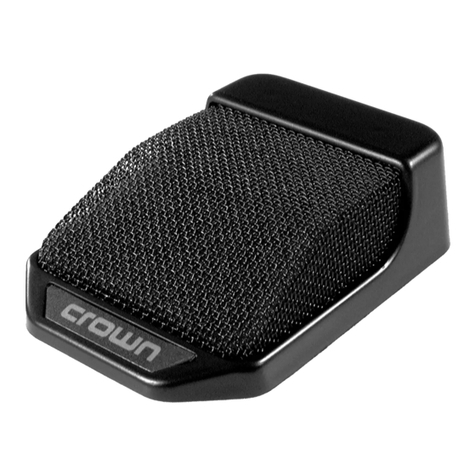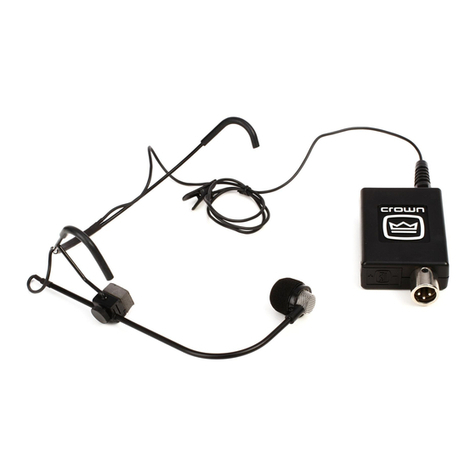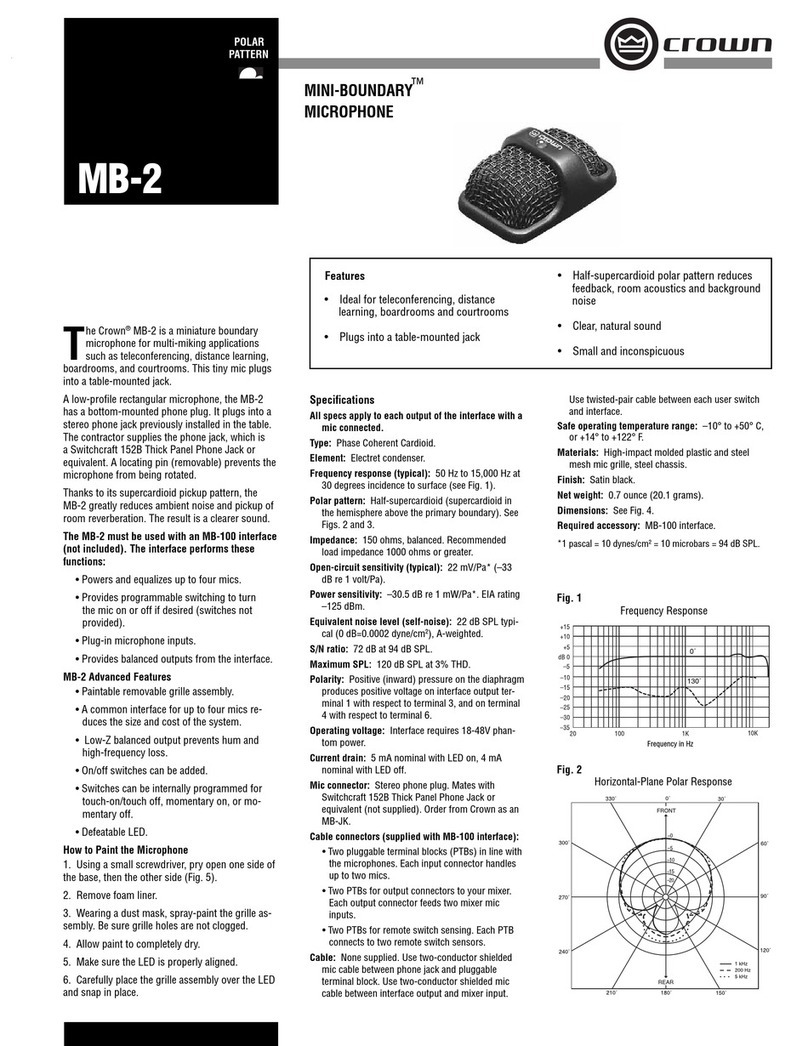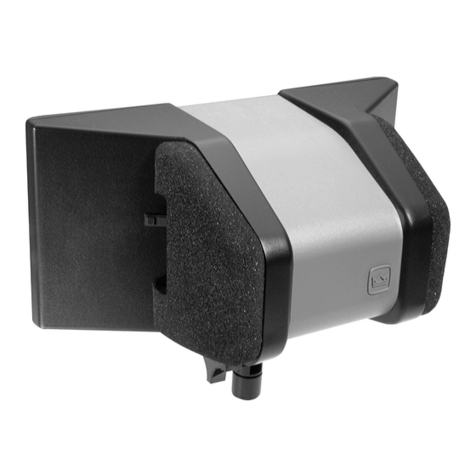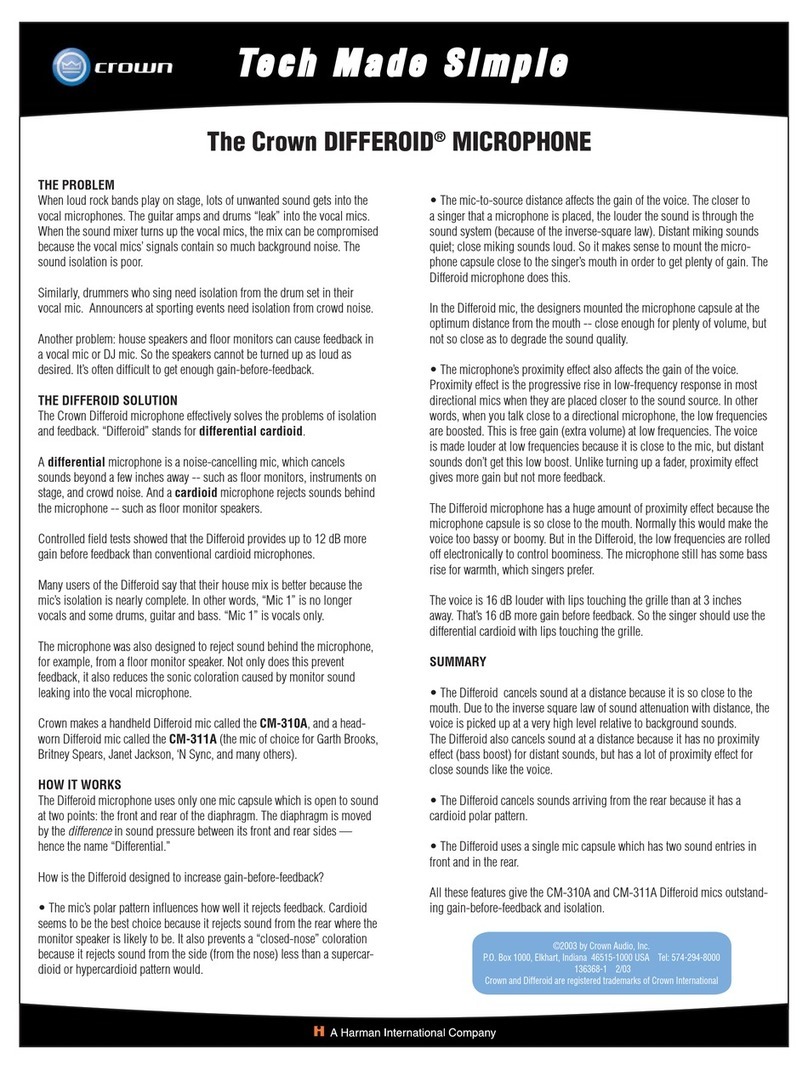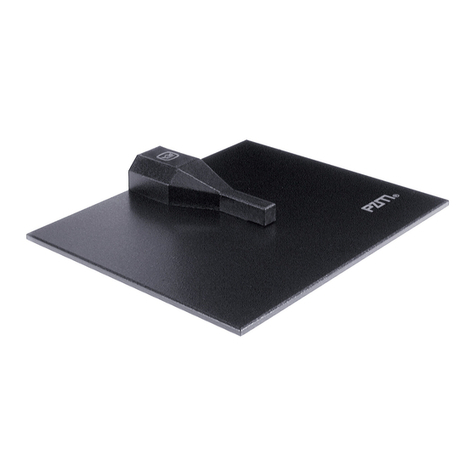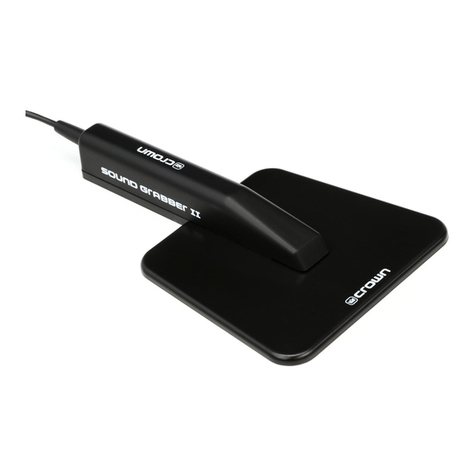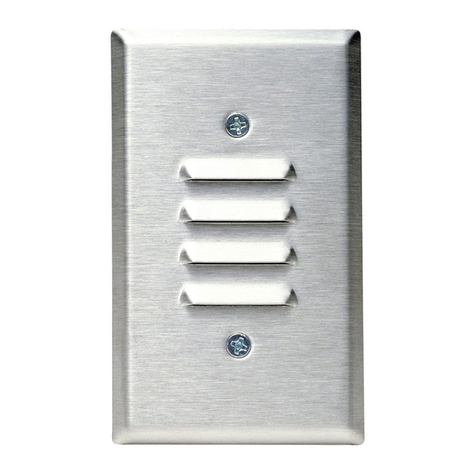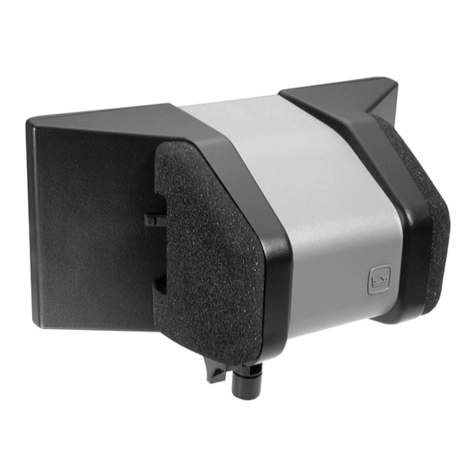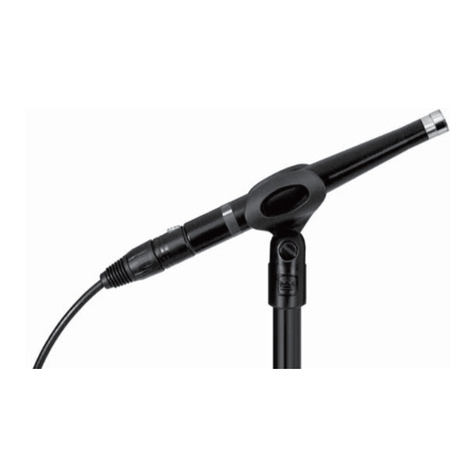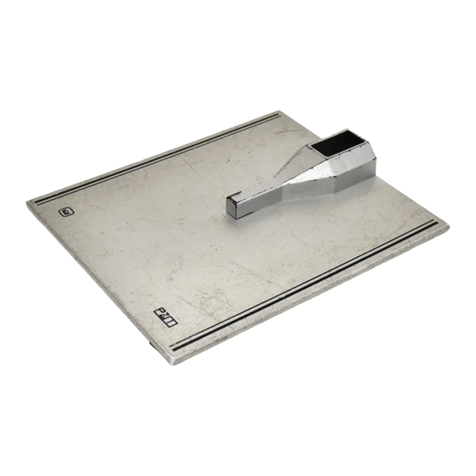
10
How to reduce wind noise:
Use the same methods mentioned under “How to
reduce pop.”For best wind-noise rejection, keep
an air space between the foam windscreen and the
microphone. The bigger the windscreen, the better
it works. A large windscreen called a blimp is avail-
able for a shotgun mic. A blimp is covered in fur
and attenuates high frequencies somewhat, but is
more effective than a foam windscreen.
How to reduce distortion:
If you’re picking up a very loud sound source such
as a person yelling into a microphone, the micro-
phone will generate a high-voltage signal that can
overdrive the mic preamp in your mixer, causing
distortion. To prevent this,
•In your mixer, switch in the pad or reduce the gain
trim, if any.
•Plug an in-line pad between the mic cable and the
mixer mic input.
•If a condenser mic has a pad built in, switch it on.
•Place the mic farther from the sound source.
How to achieve a natural tone quality:
•Use a microphone with a flat frequency response,
such as a PZM-30D, GLM-100, CM-700, LM-300A,
or LM-201.
•Place the microphone as far from the sound source
as the source is big. For example, the sound board
of a guitar is about 18" long. Place the mic at least
18" away to pick up all the parts of the guitar about
equally.
•If you must mike close to reduce feedback or leak-
age, use your mixer’s EQ to restore a natural tonal
balance.
Recommendations for stereo TV productions:
Dialog that has a lot of stereo motion is distracting,
so record dialog in mono in the center or with a
narrow stereo spread. Record effects, audience re-
action, and music in stereo. You can allow off-cam-
era sounds to be imaged away from the TV screen
because the screen is considered a window on a
larger scene.
To prevent shifting sound images, don’t move (pan)
a stereo microphone once it is set up.
Avoid extreme differences between sound and pic-
ture. Be careful not to reverse left and right chan-
nels (say, by inverting an end-fired stereo micro-
phone).
Mono compatibility is important in stereo-TV pro-
ductions because many people will listen to your
program in mono. For this reason, when miking with
a stereo pair of mics, use a mid-side stereo micro-
phone or a coincident pair (Figure 21). The grille of
the left-aiming microphone is aligned vertically over
the grille of the right-aiming microphone. Since there
is no spacing between mics, there are no time or
phase cancellations to degrade the frequency re-
sponse when the mics are summed to mono. The
Crown SASS stereo microphone is also mono com-
patible.
Fig. 21 –A coincident pair.
Often your microphone setup must be invisible on-
camera.Use miniature microphones such as the
GLM-100 (omni), GLM-200 (hypercardioid), CM-
30 or CM-31 (supercardioid). You can hang these
over an orchestra or choir, mount them onto musi-
cal instruments, or hide them under clothing. A PZM
can be hidden under a table cloth.



